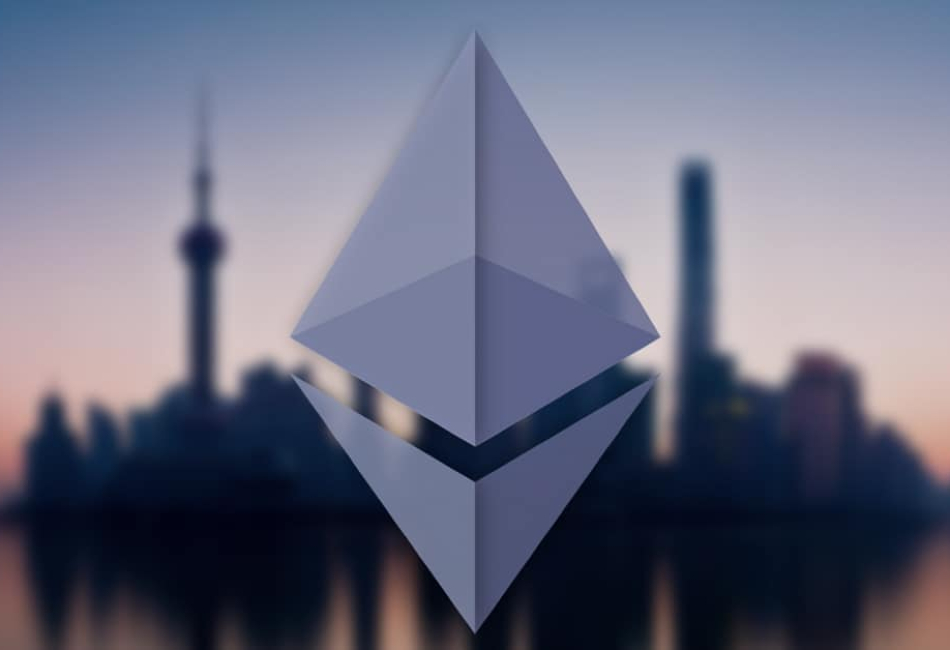On April 12, Ethereum achieved a major milestone — successfully implementing the Shanghai upgrade, allowing users to withdraw ETH from staking contracts. This Ethereum update unlocks $36 billion worth of ETH (18 million) into circulation for the first time.
What is the Shanghai Update?
The Shanghai update is a hard fork for Ethereum that enabled validators to withdraw their ETH from the Beacon Chain, a PoS blockchain launched in 2020. As well the update brings other improvements.
It implements in the Ethereum network a range of EIPs (Ethereum Improvement Proposals), such as changing the COINBASE address to start warm at transaction execution, reducing contract code size and risk of misuse, optimizing init code length, introducing a new operation for withdrawals and deprecating SELFDESTRUCT command.
Why Ethereum Shanghai Update is Important
The Ethereum Shanghai Update, with its five EIPs, promises to make the network more efficient and upgradeable. This could lead to increased liquidity in the market by allowing ETH withdrawals, as well as setting a new standard for DeFi protocols to compete with returns offered by ETH staking. As a result, this could create demand for Liquid Staking solutions and other DeFi products, potentially leading to a DeFi summer. It is also essential to monitor the performance of second-layer networks, as this update may help make them more efficient and popular.
What Impact Will the Shanghai Ethereum Update Have on ETH Prices?
With 15.6% of ETH tokens staked and potentially withdrawn, Ethereum investors must consider the potential impact of EIP-4895 on the coin’s price. A sudden influx of liquid ETH onto the open market could damage prices, but investors should take comfort that all coins won’t necessarily be sold at once. Keeping an eye on the number of coins being staked can aid investors in making informed trading decisions. After removing artificial caps from liquid staking protocols, ETH holders will have direct access to staking, which will potentially create a more stable market environment in the long run.

